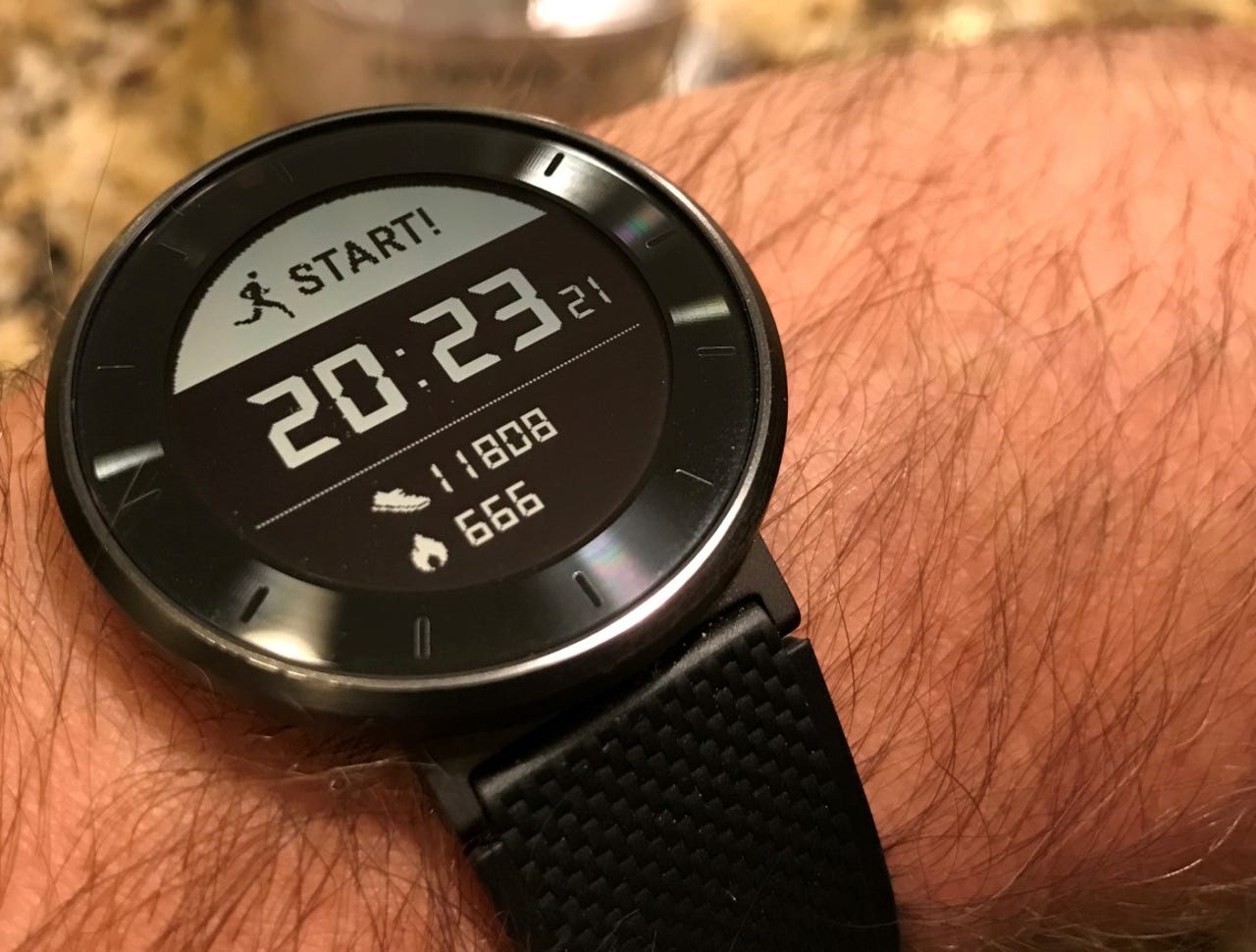Huawei Fit hands-on: An elegant $100 fitness watch with open data access


Huawei makes fantastic, high quality smartphones, tablets, and smart watches. The TalkBand products were an interesting combination of activity tracker and Bluetooth headset, but I was not impressed with the quality of those devices. Thankfully, the Huawei Fit matches the quality of Huawei smartphones.
I've been wearing the Huawei Fit for more than a week and it is one of the best activity trackers I have ever tested with a lightweight, superb design, long battery life, automatic sleep tracking, and ability to sync the data it captures with various third party services.
Hardware
Featured
The Huawei Fit is constructed of aluminum with a beveled edge around the round bezel. It is extremely light weight at just about 35 grams and when I wear it I can hardly tell it is even present on my wrist. The comfortable TPU band can easily be removed and replaced with other bands too.
The Huawei Fit has a simplistic design with no buttons on it at all. All interaction is carried out via the touchscreen and for the most part that works well. There are times when touches don't seem to register as fast as you would like, but overall the swiping up, down, left, and right works well at getting around the rather simplistic interface.
There is an optical heart rate monitor on the back that regularly tracks your resting heart rate.
GPS and WiFi are not present so all syncing is carried out via Bluetooth. There is no onboard storage for streaming music either, but for $100 that is not to be expected.
Specifications of the Huawei Fit include:
- Display: 1.04 inch 208x208 pixels, LCD, mono touchscreen, Gorilla Glass 3
- RAM: 256MB
- Storage: 16 MB internal storage
- Wireless technology: Bluetooth 4.2
- Sensors: 6-axis motion sensor, optical heart rate sensor, capacitive sensor, ambient light
- Other features: 5 ATM water resistant, IP68 rated
- Battery: 80 mAh battery with charging dock, six days rated battery life
- Dimensions: 39.5 mm diameter by 9.9 mm thick and 35 grams
Software
There is no advertised wearable operating system and you won't be loading up apps on the Huawei Fit. The user interface on the Huawei Fit includes watch face options, notifications, training plan, heart rate, step tracking, and workout tracking.
You swipe up and down to switch between these different modes and then when you get to where you want you can tap to dive deeper into the data on the watch. Swiping left and right shows you more information and takes you back out to the main interface.
Your heart rate is measured on a regular basis, but you can also initiate a manual reading if you desire. Sports (running, walking, cycling, treadmill, and swimming) can be tracked with the Huawei Fit. This does not include GPS, but your movement is tracked.
If you are planning to run a race in the future, you can use the Huawei Fit to create a training plan that will appear on your phone or the watch to help you prepare.
Sleep monitoring is measured automatically and in my experiences seemed to be the most accurate measurement taken by the Huawei Fit.
Huawei Fit hands-on: in pictures
There is an Huawei Wear application for both iOS and Android so you can view more details of your data on your connected smartphone. You can also sync the data captured by the Huawei Fit to Google Fit, Apple Health, Jawbone UP, and MyFitnessPal. This is one area where the Huawei Fit beats Fitbit since Fitbit data is kept within the Fitbit ecosystem and cannot be shared easily with other services.
You can also use the smartphone application to initiate a workout and create your training plan. There is no ability to share your results or challenge others within the Huawei Wear application.
You can enable notifications on the Huawei Fit, but I have only found the incoming call notification to be useful. Message notifications are limited so don't look to the Huawei Fit for smartwatch functionality.
Daily usage and experiences
After being unimpressed by the Huawei TalkBand, I didn't expect much from the Huawei Fit. It is extremely comfortable and while the advertised battery life is six days, I've been seeing 10 percent usage each day so am able to go for more than a week between charges. It only takes two hours on the charging dock to charge up the Huawei Fit as well.
Sleep tracking is automatic and has been very accurate. You can also set silent alarms that will initiate within 10 minutes of your selected time when your sleep is lightest, if possible.
Heart rate tracking has also been accurate with results that match other devices I have tested, in both resting and workout situations.
I have a fairly standard 0.8 mile route to and from the office each day, but I found that the Huawei Fit seems to count more steps than every other device I have used for tracking. I also discovered excessive step counting during a short 3.2 mile run that was registered as a 4.28 mile run. This is disappointing as the device is so good at other functions and is priced at Amazon for just $99.99. If you care more about the trends in step counting rather than the raw data then you may not be as bothered by the accuracy as I am.